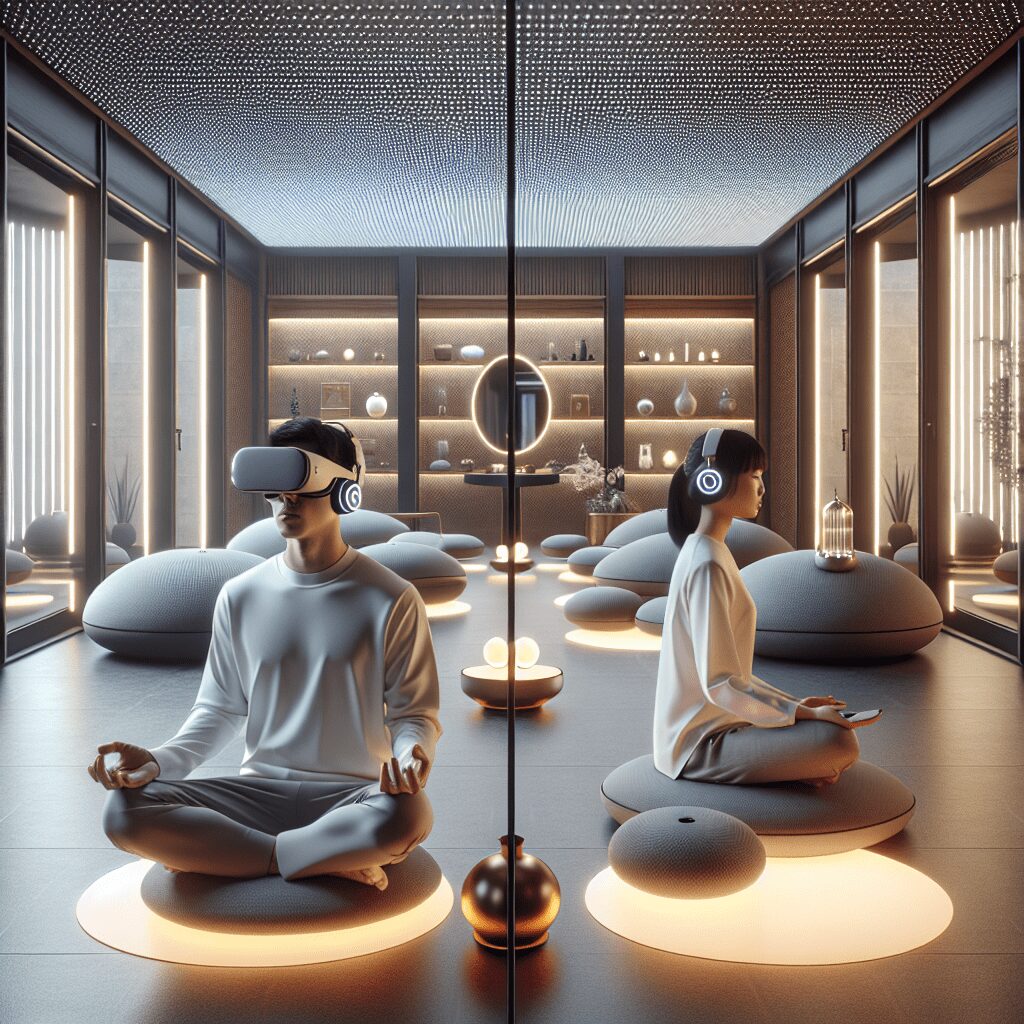
Prioritize your mental well-being daily. Enhance your life by nurturing your mental health with the Smart Meditation app. Break free from stress, alleviate anxiety, and enhance your sleep quality starting today.
What Percent Of The Population In India Take Antidepressants?
Unlocking the Mystery: Antidepressant Use in India
In the swirling chaos of modern life, mental health issues have vaulted into the spotlight, capturing the global consciousness and urging a dialogue that’s been long overdue. India, a country with a vivid tapestry of cultures, traditions, and modernity, is no stranger to this evolving conversation. With over a billion minds navigating the complexities of the 21st century, it’s crucial to address an intriguing question: What percentage of India’s bustling population is turning to antidepressants?
A Peek Into the Indian Psyche
Before diving into the numbers, let’s get a lay of the land. Mental health in India has traditionally been cloaked in stigma, but the tides are turning. More folks are now reaching out for help, shattering the chains of silence that once bound them. Amid this backdrop, antidepressants have emerged as a beacon for many grappling with depression and anxiety.
However, weaving through the data to pin down the exact percentage of individuals on antidepressants can feel like finding a needle in a haystack. But don’t fret; we’ve got some insights to shed light on the matter.
Crunching the Numbers
Alright, now for the meat of the matter. Pinpointing the precise percentage of the Indian populace on antidepressants is akin to solving a Rubik’s cube—tricky, but not impossible. Studies and surveys offer glimmers of understanding, suggesting that the number is on an upward trajectory.
Estimates hover around the fact that a significant minority of India’s population has been prescribed antidepressants at some point. The exact figures, however, are as fluid as the Ganges, with variations depending on regions, urban vs. rural divides, and accessibility to mental health care. A ballpark figure? Some reports suggest that up to 2-3% of the population may be under the wing of these medications, a number that’s seen a slight but steady climb over the past decade.
Why, you ask? Well, it’s a cocktail of factors. Urbanization, the relentless pressure of modern life, greater awareness, and slowly, but surely, diminishing stigma around seeking help, have all played their part in this uptick.
A Lens on the Landscape of Mental Health
So, what’s the bigger picture look like? It’s a mixed bag. On the one hand, the rising numbers could signify that more people are stepping out of the shadows to seek help—a win for mental health advocacy. On the flip side, it also brings to light the mounting stressors of contemporary life and the urgent need for a stronger, more accessible mental health infrastructure.
Critically, there’s a budding conversation around not just popping pills, but also weaving in holistic care—think: therapy, lifestyle changes, and community support. After all, when it comes to the mind, there’s no one-size-fits-all remedy.
In the grand tapestry of India’s journey towards mental well-being, each step towards acknowledging, understanding, and addressing mental health issues is a patch sewn into a larger quilt of progress. The narrative around antidepressants is just one thread among many, highlighting the nuances of India’s evolving relationship with mental health.
As we continue to navigate these waters, the focus remains firmly on fostering an environment where mental health is discussed with openness and compassion, encouraging a holistic approach that goes beyond medication. The goal? A future where seeking help isn’t just accepted but celebrated as a step towards healing.




